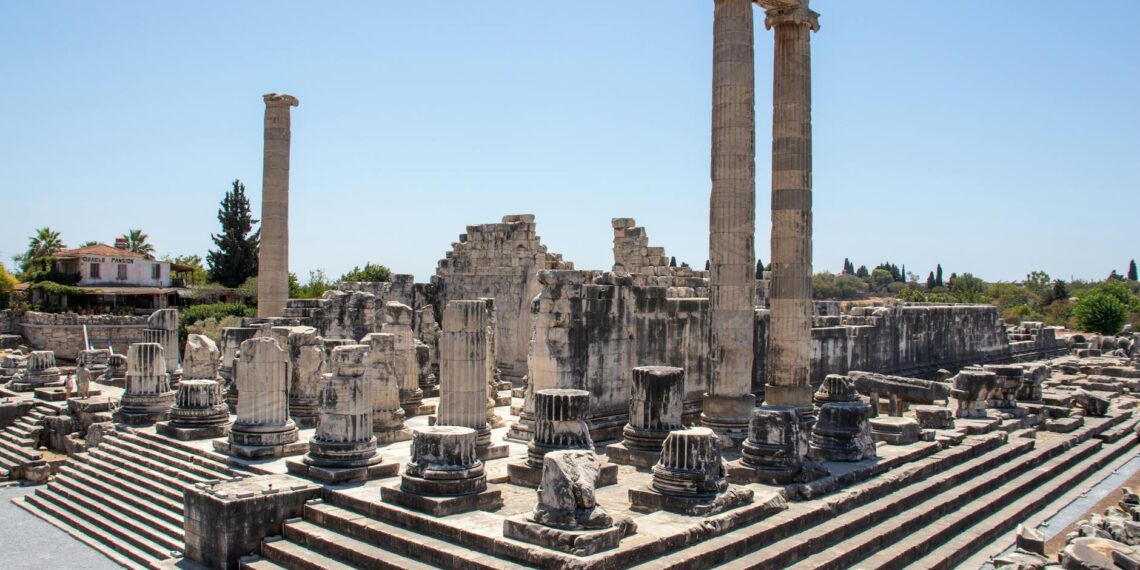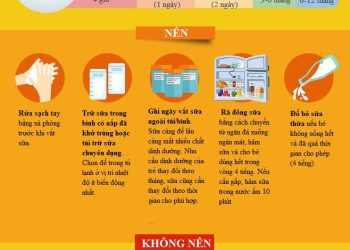Ancient Greek coins, primarily minted in silver, gold, and electrum (a naturally occurring gold and silver alloy), played a vital role in trade, commerce, and political communication from the 7th century BC until the 1st century BC, [according to Wikipedia] . These coins provide a window into the rich culture and history of the Greek city-states, [notes the World History Encyclopedia].
Here’s a breakdown of ancient Greek coins:
- Materials: Silver was the most common metal used, followed by electrum, gold, and later, bronze and copper alloys.
- Minting process: Coins were created using a hand-hammering technique, striking a blank metal disk placed between two engraved dies.
- Value: The value of a coin was primarily determined by its material and weight rather than a printed denomination.
- Standards: Different weight standards existed, such as the Attic (Athenian), Corinthian, and Aeginetan standards. The Athenian standard, based on a 4.3 gram silver drachm, became particularly prominent due to Athens’ dominance in trade and access to silver mines.
- Drachma: A standard unit of silver coinage, roughly equivalent to a day’s wage for an unskilled worker.
- Tetradrachm: A large silver coin worth four drachmas, often used for significant transactions. The Athenian “owl” tetradrachm, featuring the goddess Athena and her sacred owl, is perhaps the most famous example and was widely circulated internationally.
- Iconography: Coins frequently featured symbols of the issuing city or state, often showcasing local deities, mythological creatures, legendary heroes, or local produce. For example, Rhodes featured a rose (a visual pun on its name), [according to Wikipedia] , Ephesus a bee, and Corinth Pegasus. Syracuse produced particularly fine silver decadrachms depicting the nymph Arethusa and a victorious quadriga.
- Trade and commerce: Coins facilitated trade and boosted commercial growth both within and between city-states.
- Political messaging: Coins also served as a powerful tool for propaganda, conveying messages of civic pride, religious beliefs, and political power.
- Archaeological value: The study of ancient Greek coins offers valuable insights into ancient trade routes, political relationships, religious practices, and even architectural styles.
- Artistic legacy: The artistry of ancient Greek coinage is renowned, showcasing intricate designs and fine craftsmanship. Some of the most highly sought-after coins, like the [Panticapaeum Gold Stater] or the Akragas Silver Decadrachm, are celebrated for both their historical value and their artistic excellence.
In conclusion, ancient Greek coins represent more than just currency; they are tangible artifacts that offer a multifaceted perspective on the civilization’s history, economy, art, and societal values.









What is an ancient Greek coin called?
Great question! Drachma, silver coin of ancient Greece, dating from about the mid-6th century bc, and the former monetary unit of modern Greece. The drachma was one of the world’s earliest coins.
What is the most famous ancient Greek coin?
Good point! The tetradrachm of Aetna
This coin has been called the “Mona Lisa of numismatics”, which shows its importance and suggests the quality of its completion.
Are ancient Greek coins worth anything?
Ancient Greek coins, those in greater conditions, can be extremely valuable and, consequently, sought-after. Nevertheless, we do believe that incorporating such an instance can boost the quality and cultural significance of a collection for good.
What is the word for old Greek coins?
The drachma was the standard unit of silver coinage at most ancient Greek mints, and the name obol was used to describe a coin that was one-sixth of a drachma.